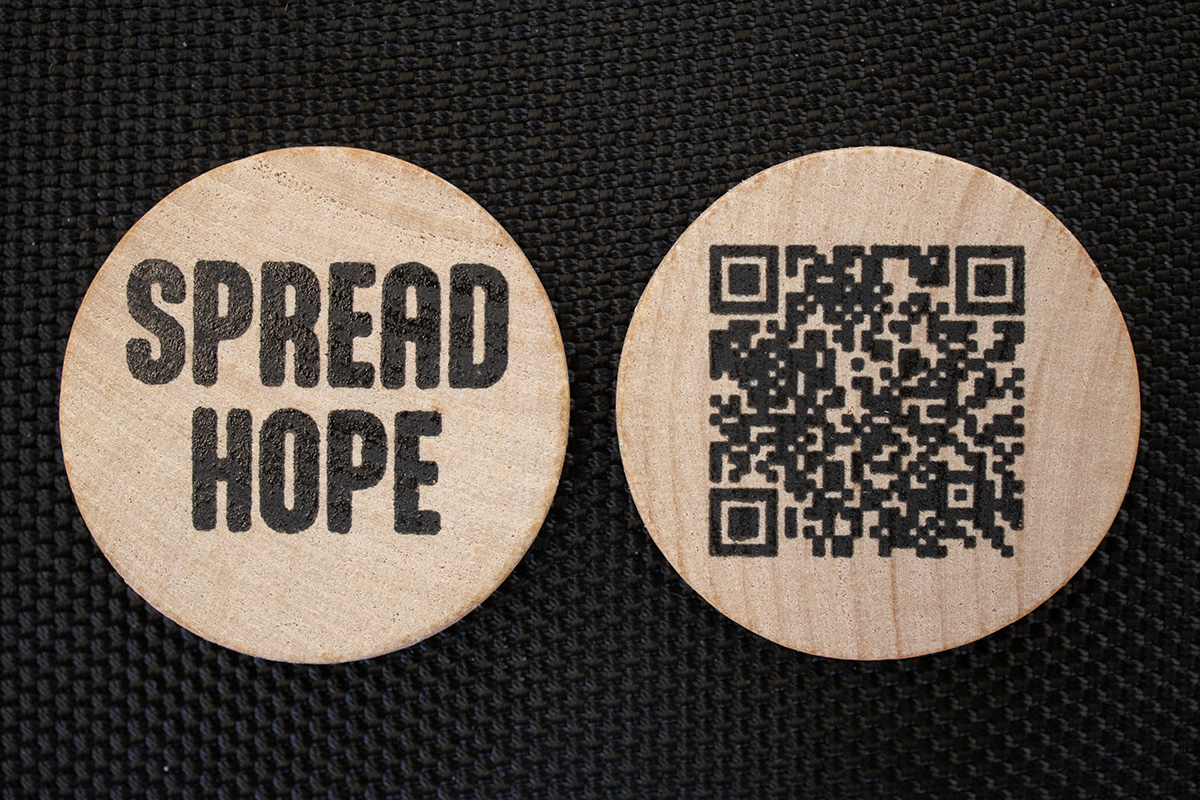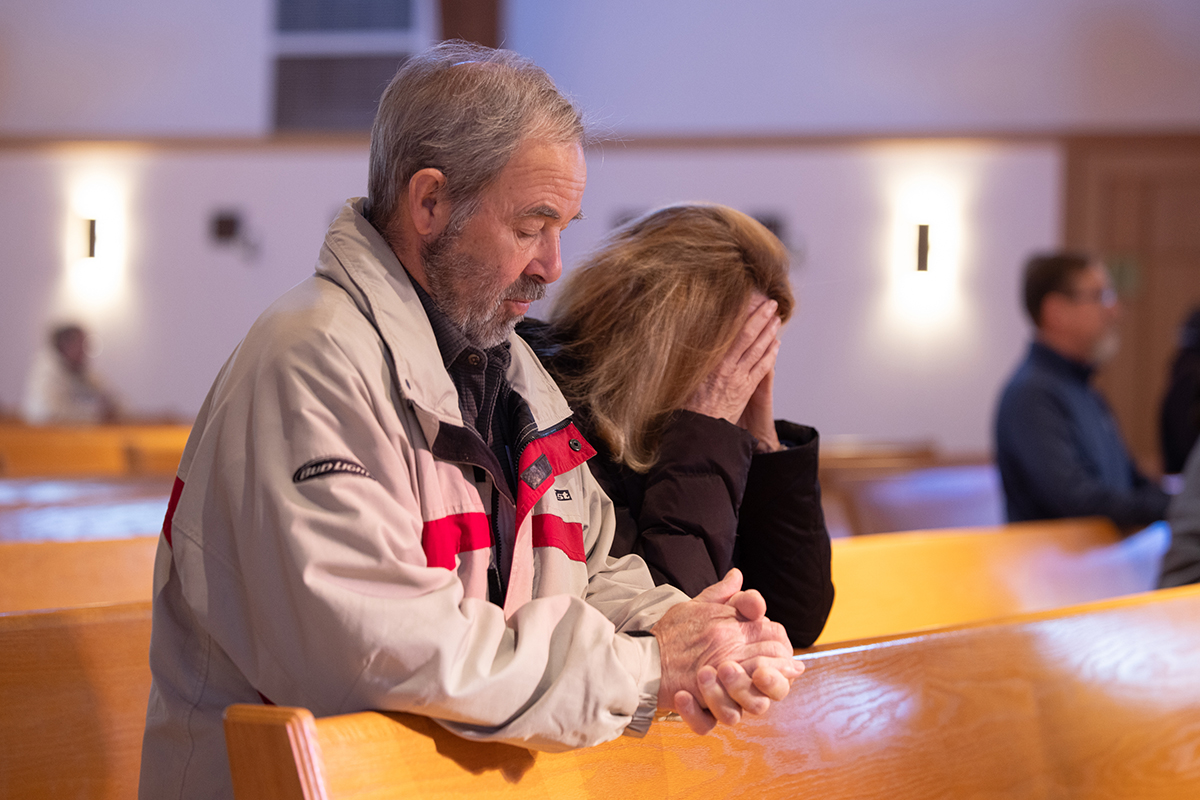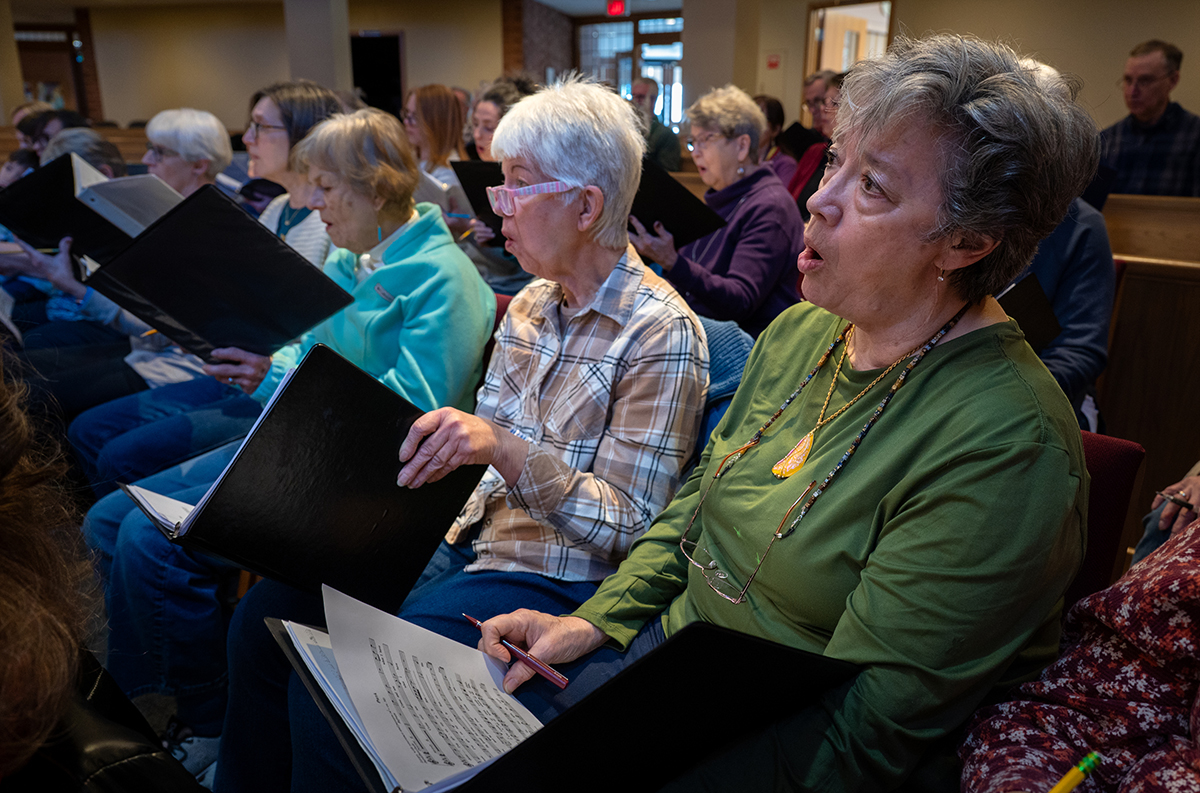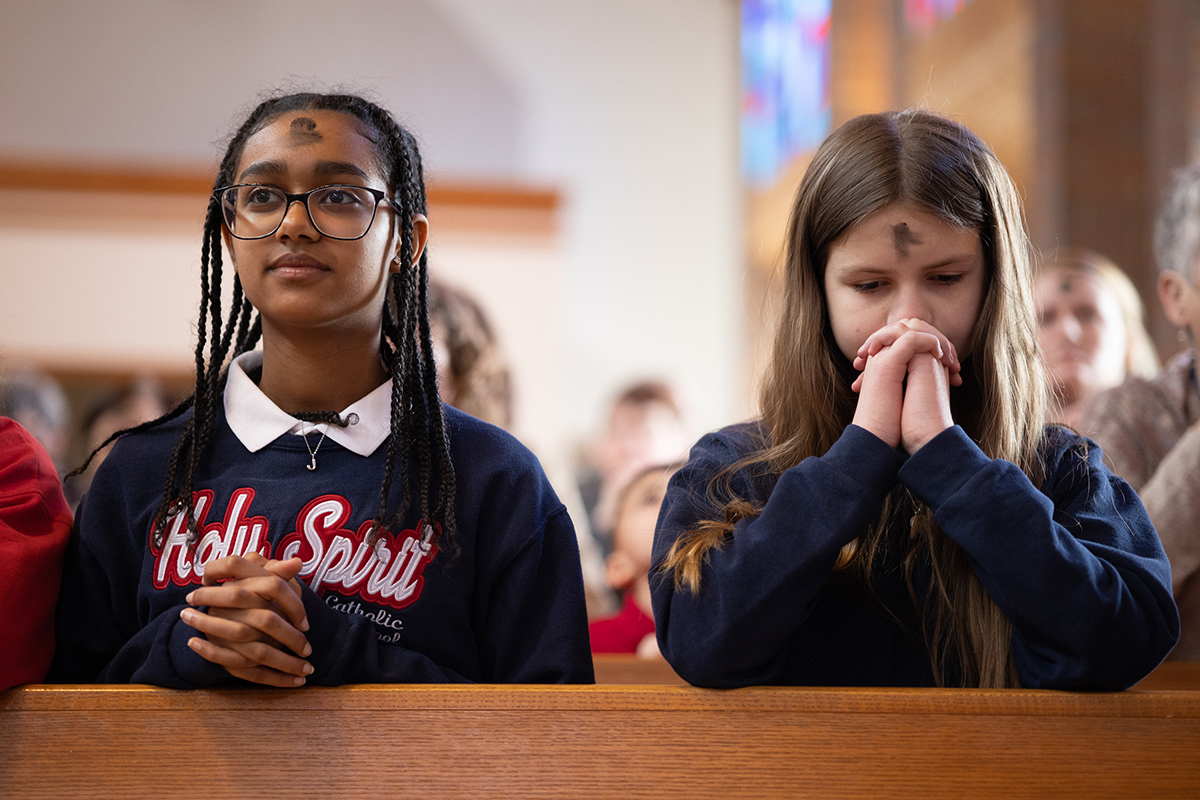Simple project takes ‘miraculous’ turn
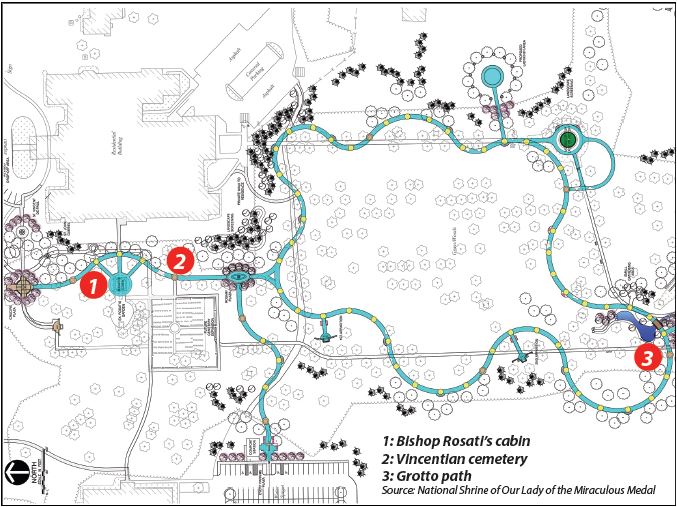
Rosary Walk at shrine in Perryville is born as rosary materializes in drawings
The project started simply enough, just a plan to revitalize the property at the National Shrine of Our Lady of the Miraculous Medal in Perryville.
As part of facilities upgrades to celebrate their 200th anniversary in Perryville, the Vincentians would replace the straight-as-an-arrow sidewalk to create a meandering circuit and enhance accessibility to significant landmarks: the shrine in the church, Bishop Rosati’s log cabin, the Vincentian cemetery and a grotto.
But as plans evolved, things started looking very familiar; the new walkway looked very much like … a rosary.
Hence, the Rosary Walk was born — and in a very appropriate place, too: at the former St. Mary’s of the Barrens Seminary, with a grotto dedicated to the Blessed Mother and a shrine honoring her Miraculous Medal apparitions to St. Catherine Labouré in 1830.
Imagine that.
Actually, no one — the Vincentians, the Miraculous Medal staff and the architects — had imagined that. But then plan drawings revealed a rosary.
Coincidence? Maybe. Or maybe not.
“At every step along the way, I felt the presence of Mary kind of stepping in to nudge us along,” said Don Fulford, the president/CEO of the Association of the Miraculous Medal. “We talked a lot about accessibility and connecting our heritage sights, and the Rosary Walk blossomed from that. Everything seemed to fall into place. It resembles a rosary.”
It didn’t start that way. The old straight-line path was inaccessible for people with strollers, wheelchairs or walkers. Steps up to the church’s front entrance were insurmountable, three steps down prevented access to the grotto, and three steps up negated a route back. That sidewalk also featured a 10 percent uphill grade, taxing on two feet never mind wheels.
“Now you’ll be able to leave the front of the church in a wheelchair, go down to the grotto and come all the way back,” Fulford said. “Parents pushing their children in strollers or pushing their parents in wheelchairs will be able to go down there. It’s important for young moms and dads who want to bless their kids at the grotto after church.”
The rosary materialized as drawings showed the new path zig-zagging between mature trees in a circuitous route from the church past Bishop Rosati’s cabin and the cemetery to the grotto and back.
“It began to look like someone laid a rosary on a table,” Fulford said.
The Rosary Walk will include “beads” for prayers of the Rosary: Our Fathers, Hail Marys and Glory Be. In addition, there are two options to start the rosary with the appropriate beads after the “crucifix” — at the new entrance near the church or by the parking lot next to the Miraculous Medal offices.
The “beads” will be circular pads of concrete, colored differently than the surrounding walkway to stand out. The concrete circles will be far enough apart that at a normal pace, a visitor should be able to say a “Hail Mary” (or other prayer) in the time it takes to reach the next “bead.”
“You can walk a normal pace and pray the Rosary,” Fulford marveled. “To top it all off, it’s the equivalent of a mile. People can come here for wellness, prayer and peaceful reflection, and they’ll have a one-mile loop.”
Fulford credits the Blessed Mother with that happenstance, as well as the timing of construction. Work on the project, slated to be completed in May 2018, began on June 15, which happened to be 100 years to the day that seminarians and the Vincentians started building the grotto. No one knew that until two weeks after work began, when Fulford received a copy of a seminarian’s diary detailing the start: “1917, June 15 … marks the beginning of the operations on the Grotto of the Immaculate Conception.”
“Those remarkable moments are so cool,” Fulford said. “There’s no way we could have planned that because nobody knew it (until) the diary.
“This is going to be a very special place.”
>> Miraculous Medal
In a series of apparitions in 1830, the Virgin Mary gave the design of the Miraculous Medal to St. Catherine Labouré, then a novice in the Daughters of Charity community in Paris, and missioned her to “have a medal struck upon this model. Those who wear it will receive great graces, especially if they wear it around the neck.” She also told her, “Now it must be given to the whole world and to every person.” The Church declared the apparitions authentic, in 1836.
Inscribed with the words, “O Mary conceived without sin, pray for us who have recourse to thee,” the medal supports the dogma of the Immaculate Conception of Mary — conceived without original sin —that Pope Pius IX proclaimed 24 years after the apparitions.
The National Shrine to Our Lady of the Miraculous Medal was built in 1929 in the church at St. Mary’s of the Barrens in Perryville. The Association of the Miraculous Medal is in the midst of a $6 million project to upgrade the property, including a Rosary Walk, and to renovate the church. For more information or to donate, visit www.amm.org.
RELATED ARTICLE(S):Annual Mass, rosary walk to mark commitment to life
The project started simply enough, just a plan to revitalize the property at the National Shrine of Our Lady of the Miraculous Medal in Perryville. As part of facilities upgrades … Simple project takes ‘miraculous’ turn
Subscribe to Read All St. Louis Review Stories
All readers receive 5 stories to read free per month. After that, readers will need to be logged in.
If you are currently receive the St. Louis Review at your home or office, please send your name and address (and subscriber id if you know it) to subscriptions@stlouisreview.com to get your login information.
If you are not currently a subscriber to the St. Louis Review, please contact subscriptions@stlouisreview.com for information on how to subscribe.


